Mushroom Allergy Symptoms: Causes And Treatment Methods
From runny nose to fainting- be mindful of symptoms and learn ways to manage them.
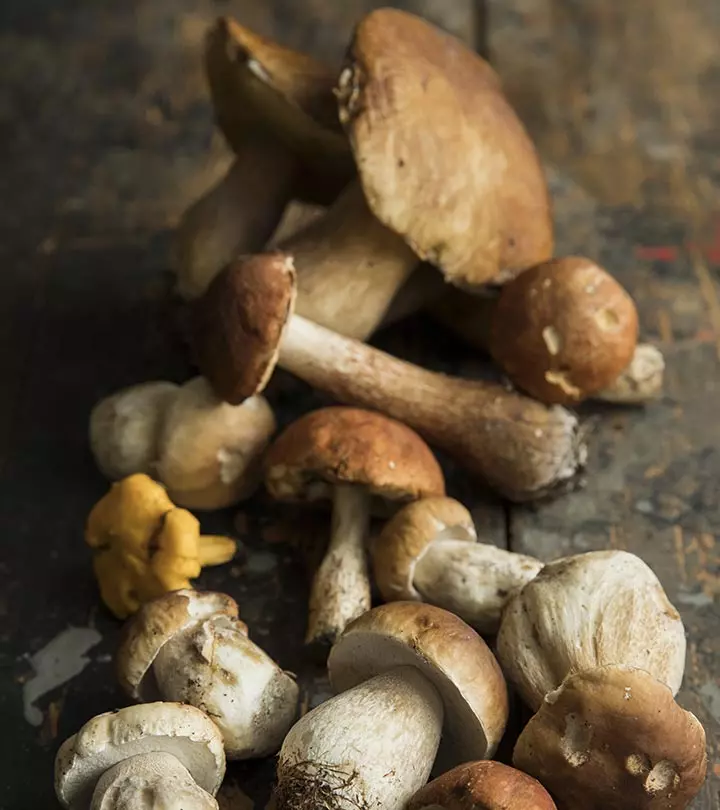
Image: Shutterstock
Mushrooms are tasty and have been used in culinary fields across global kitchens for their unique flavor and various nutritional benefits. However, consuming or inhaling the spores of mushrooms can cause an allergic reaction (mushroom allergy) in some people (1). In this article, we discuss in detail several options available for treating mushroom allergy symptoms. Read on to know more!
In This Article
What Is Mushroom Allergy?

A mushroom allergy can be either due to eating mushrooms or inhaling their spores (2). They are usually classified into three types – intolerance, allergic reactions, and poisoning.
Intolerance to mushrooms creates a slight feeling of illness, while an allergic reaction causes serious immediate symptoms. Mushroom poisoning is caused due to the consumption of poisonous mushrooms and has more severe symptoms.
 Trivia
TriviaKey Takeaways
- A few signs of mushroom allergy are skin rashes, itching, nausea, sneezing, abdominal pain, and difficulty breathing.
- Allergic reactions can be triggered by consuming any part of the mushroom or inhaling its spores.
- Some necessary precautions for mushroom allergies include avoiding mushroom exposure, carrying anti-allergic medications, and consuming packaged foods with extreme caution.
- A mushroom allergy can be diagnosed through a skin prick test; it is important to get a proper diagnosis to avoid any allergic reactions.
Causes Of Mushroom Allergy
Mushroom allergy occurs when the human body misinterprets the proteins in mushrooms as foreign particles.
As a response, the human body releases IgE antibodies to combat the proteins (4). This, in turn, releases histamines, which cause allergies.
Symptoms Of Mushroom Allergy

The negative effects of mushrooms may manifest differently for different people. Here are a few common symptoms associated with mushroom allergies that can help you identify them early:
- Wheezing
- Runny nose and/or watery eyes due to an inflamed upper respiratory tract
- Skin rashes or hives
- Swelling of the lips, mouth, and/or throat
- Diarrhea
- Vomiting
- Nausea
- Bloating or stomach cramping
Most people who have a food allergy generally face mild symptoms, but sometimes you can have a severe allergic reaction called anaphylaxis. More severe symptoms associated with mushroom allergy include:
- A drop in blood pressure
- Shortness of breath
- Fainting
- Trouble breathing
- Swollen throat
- A fast heartbeat
It is really important to notice these symptoms right away so you can get help quickly. If you think you have a mushroom allergy, you should consult a physician so they can do a proper assessment of your symptoms. Keep reading to learn more.
How To Diagnose Mushroom Allergy
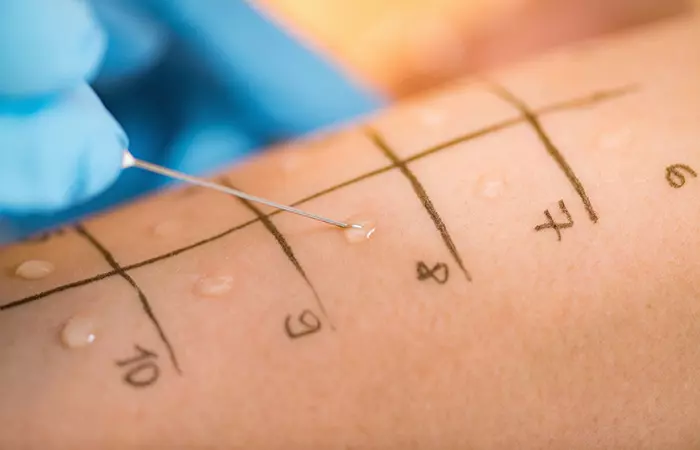
A skin prick test is considered to be an accurate diagnostic method for food allergy (5). In this test, a very small amount of mushroom protein is injected into the skin. The patient is considered to be allergic to mushrooms if any inflammation or redness is observed in the injected area.
 Quick Tip
Quick TipDoctors should be well prepared to tackle any adverse reactions that may occur during the test.
How Is Mushroom Allergy Treated?

Treatment of mushroom allergy involves the administration of an antihistamine. Antihistamines are generally used in the management of allergic conditions (6). These medicines can be administered orally or through a nasal spray.
However, immediate medical attention is required when the symptoms are serious. For example, in the event of an anaphylactic reaction, an epinephrine shot should be administered immediately. This may relax the respiratory tract (7). A doctor should be contacted immediately as the symptoms can be fatal.
If you know you are allergic to mushrooms, it is important to always carry an EpiPen (or similar device) with you. Tell your friends and family about your allergy too. Always check the ingredients, especially at restaurants, before eating any food. If you have a reaction, using your EpiPen right away can save your life. And do not forget to call 911 or an equivalent emergency service for help.
In addition to an effective treatment, why not try some easily available home remedies for allergies to expedite the recovery? Have a look at the convenient remedies listed below that may help treat mushroom allergy symptoms.
Remedies For Mushroom Allergy
Aloe Vera
- Anecdotal evidence suggests that the soothing properties of aloe vera may help ease mushroom allergies.
- It has natural anti-inflammatory and anti-itch properties.
- Apply pure aloe vera gel on the skin to reduce redness and itching.
- When taken as a juice or supplement, it may help ease digestive discomfort associated with mushroom allergies.
Garlic
- Although garlic is not a direct treatment, it boosts the body’s immune system.
- This may potentially reduce the severity of mushroom allergy reactions.
- Including garlic in your diet can enhance your body’s ability to handle allergens.
- Prior to trying these remedies, consult a healthcare professional to ensure safety and suitability for your specific situation.
Learn how to prevent mushroom allergies from the section below.
How To Prevent Mushroom Allergies

The necessary precautions must be taken to avoid the recurrence of allergy symptoms once they are managed and brought under control. Here are a few tips to prevent mushroom allergies:
- Avoid mushrooms and other mold products like yeast.
- Keep anti-allergic medications (like nasal steroids) handy.
- Consume packaged foods (sour creams, dry fruits, beer, cheese, etc.) with caution as they may trigger allergic reactions in some individuals.
Spreading the word about mushroom allergies can help people stay safe. Everyone should know about the dangers of eating mushrooms and how important it is to read food labels carefully, especially on packaged foods.
Infographic: Tips To Prevent Mushroom Allergies
Mushrooms are one of the most sought-after ingredients in cooking. However, allergic reactions from the consumption of mushrooms may have immediate and disastrous effects on your health. Therefore, it is important to follow certain dos and don’ts to avoid hypersensitive reactions. Check out the infographic below to learn more.

Illustration: StyleCraze Design Team
Allergy to mushrooms can lead to an inflammation of the upper respiratory tract, hives, rashes, swollen lips, mouth, or throat, nausea, vomiting, nasal congestion, digestive problems, and even serious symptoms like fainting, low blood pressure, or dizziness. The allergic reaction happens due to the consumption of mushrooms or the inhalation of the spores as the body misidentifies the proteins in them as foreign particles. The most common way to treat a mushroom allergy is to use oral or nasal antihistamines. As allergic reactions to mushrooms can be extremely severe and result in anaphylaxis (a life-threatening allergic reaction), it is important to identify them and avoid exposing yourself to mushrooms or their spores.
Frequently Asked Questions
What are the differences between molds and mushrooms?
Molds are a group of fungi called hyphomycetes. They are characterized by filamentous hyphae. They produce airborne conidia or spores. Mushrooms are also a group of fungi that are characterized by a fruiting body. While all mushrooms are fungi, only a few of them are edible. Some mushrooms may prove to be hazardous to health.
How common is a mushroom allergy?
There is a lack of data regarding the prevalence of mushroom allergies. However, research suggests that allergy to mushroom consumption may be present in around 1% of the allergic population, and allergy to spores/mold is prevalent amongst 10-30% of an allergic population (3).
Can I eat curd with mushrooms?
According to proponents of Ayurveda, sour foods like mushrooms should not be consumed with dairy products such as curd. However, curd and mushrooms are often combined in various recipes and do not seem to have any adverse effects.
Illustration: Mushroom Allergy Symptoms: Causes And Treatment Methods
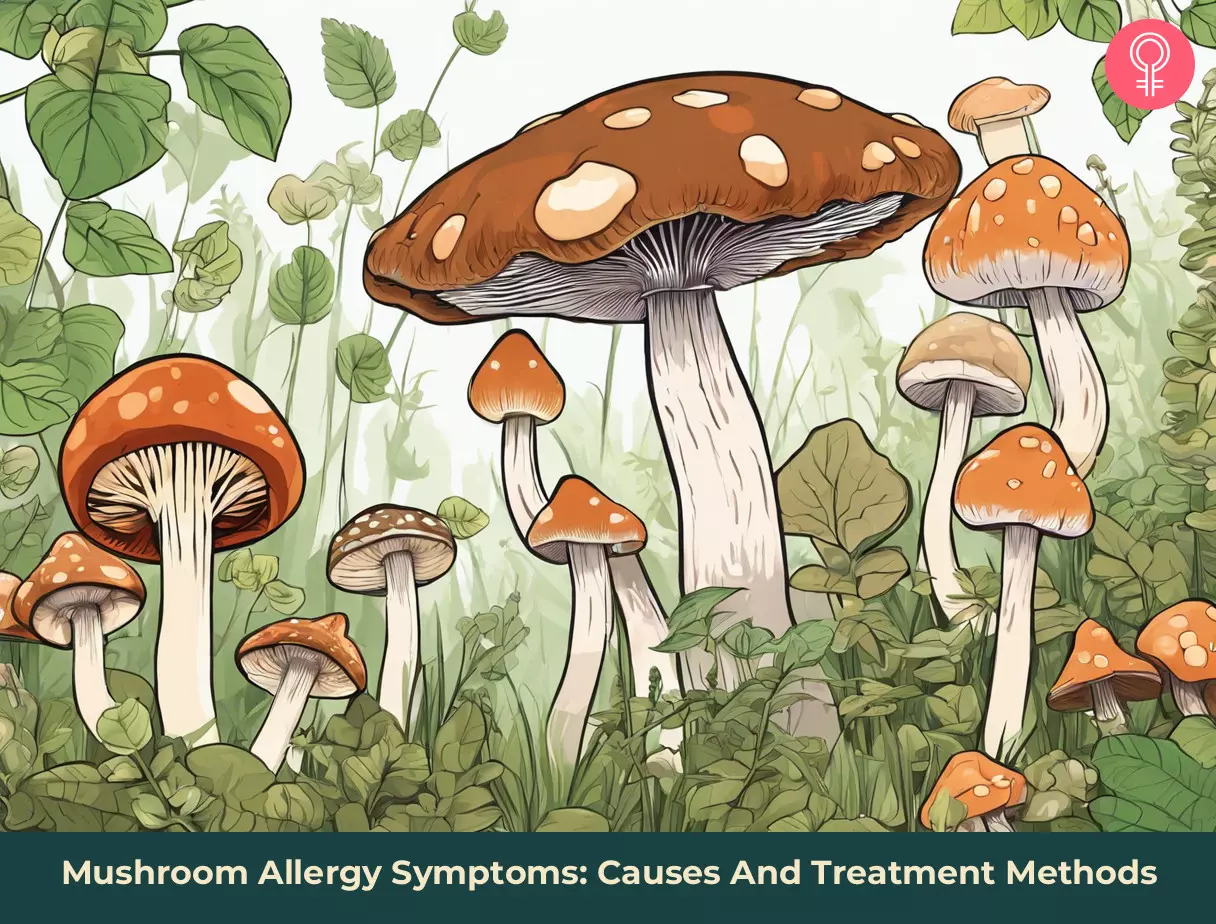
Image: Stable Diffusion/StyleCraze Design Team
References
Articles on StyleCraze are backed by verified information from peer-reviewed and academic research papers, reputed organizations, research institutions, and medical associations to ensure accuracy and relevance. Read our editorial policy to learn more.
- Koivikko, A, and J Savolainen. “Mushroom allergy.” Allergy vol. 43,1 (1988): 1-10.
https://pubmed.ncbi.nlm.nih.gov/3278649/ - Torricelli, R., S. G. O. Johansson, and B. Wiithrich. “Ingestive and inhalative allergy to the mushroom Boletus edulis.” Allergy 52.7 (1997): 747-751.
https://onlinelibrary.wiley.com/doi/abs/10.1111/j.1398-9995.1997.tb01232.x - Mushroom allergy
https://pubmed.ncbi.nlm.nih.gov/3278649/ - Gabriel, Marta F et al. “From respiratory sensitization to food allergy: Anaphylactic reaction after ingestion of mushrooms (Agaricus bisporus).” Medical mycology case reports vol. 8 14-6.
https://www.ncbi.nlm.nih.gov/pmc/articles/PMC4348448/ - Heinzerling, Lucie, et al. “The skin prick test–European standards.” Clinical and translational allergy 3.1 (2013): 3.
https://ctajournal.biomedcentral.com/articles/10.1186/2045-7022-3-3 - Randall, Katrina L, and Carolyn A Hawkins. “Antihistamines and allergy.” Australian prescriber vol. 41,2 (2018): 41-45.
https://www.ncbi.nlm.nih.gov/pmc/articles/PMC5895478/ - Wood, Joseph P et al. “Safety of epinephrine for anaphylaxis in the emergency setting.” World journal of emergency medicine vol. 4,4 (2013): 245-51.
https://www.ncbi.nlm.nih.gov/pmc/articles/PMC4129903/
Read full bio of Vd. Naveen Sharma
Read full bio of Sucharita Mishra
Read full bio of Ravi Teja Tadimalla
Read full bio of Dipti Sharma







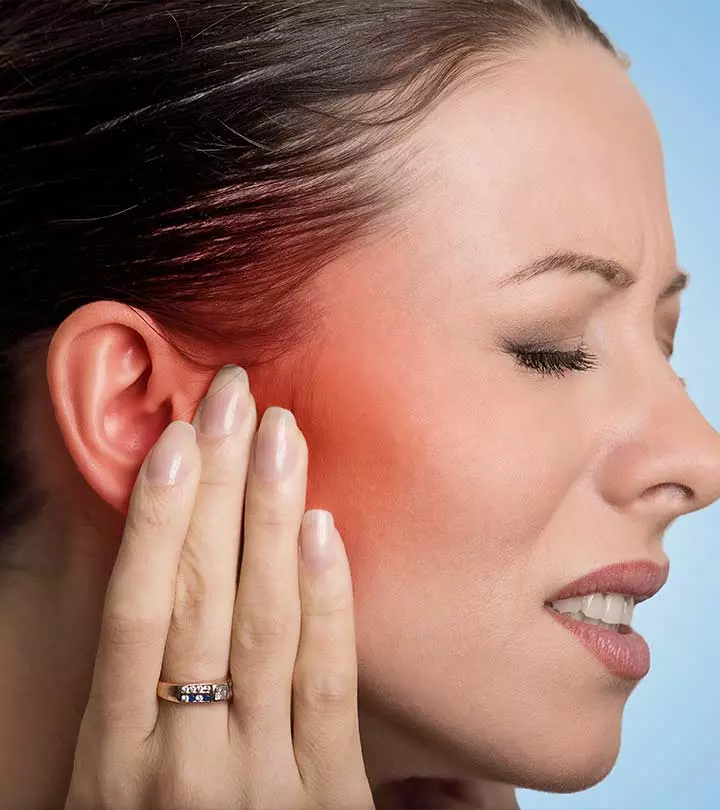

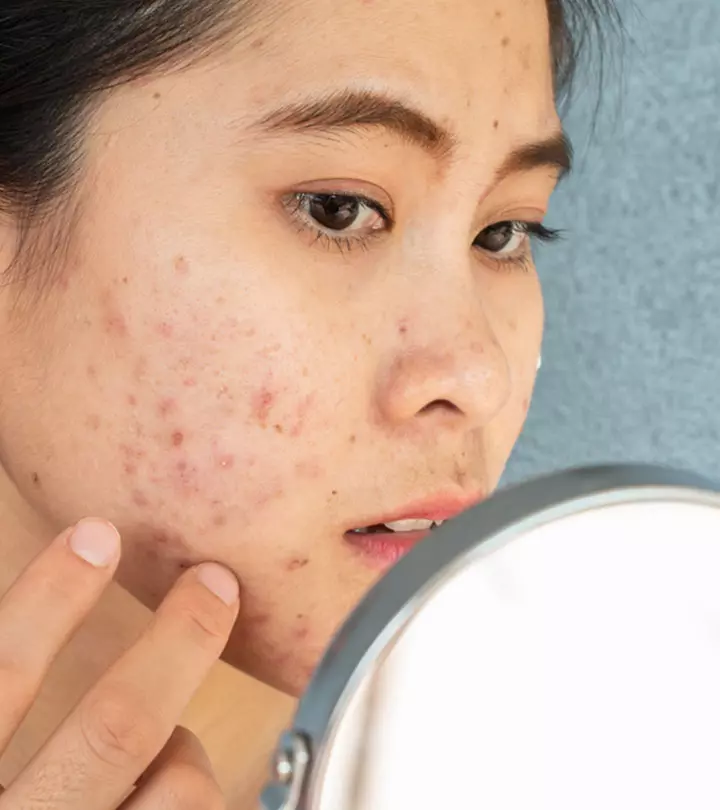


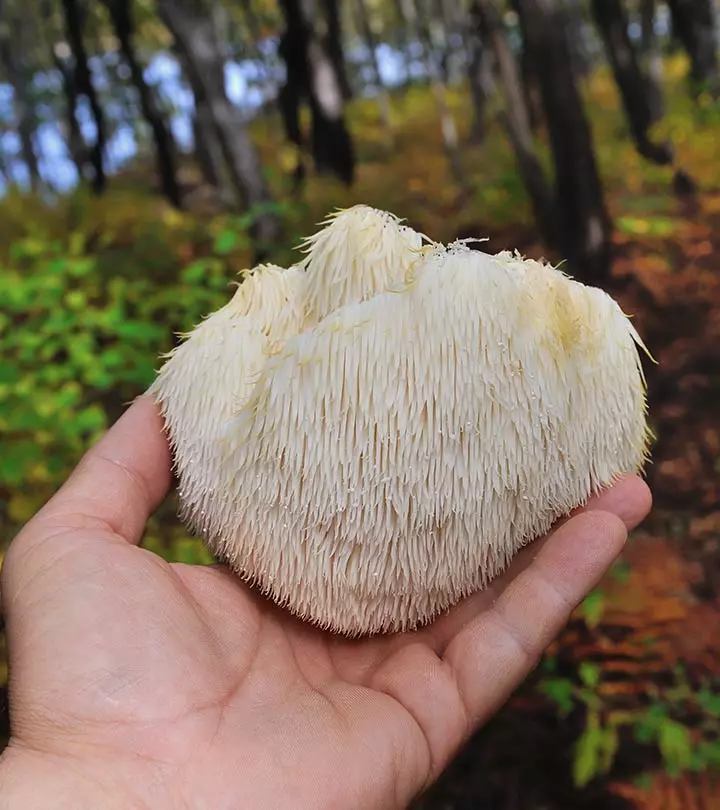













Community Experiences
Join the conversation and become a part of our empowering community! Share your stories, experiences, and insights to connect with other beauty, lifestyle, and health enthusiasts.